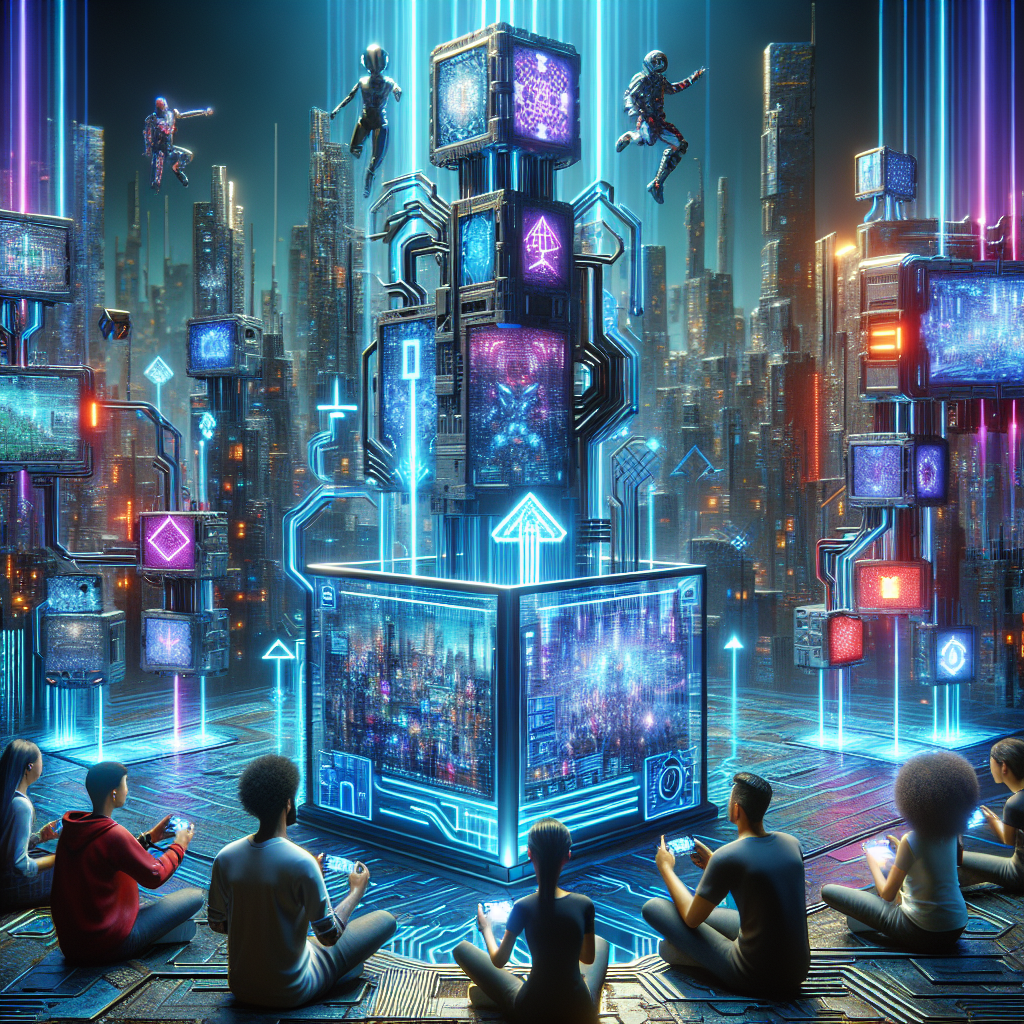Blockchain Revolution: The Future of Gaming
The Rise of Blockchain and Web3 Games
\n\nThe gaming industry stands on the brink of a significant shift, as blockchain technology and Web3 concepts begin to influence game design and player interaction. These innovations promise to redefine how players experience games, enabling true ownership, decentralized control, and novel economic models within the gaming ecosystems.
\n\nUnderstanding Blockchain in Gaming
\n\nBlockchain technology introduces a decentralized ledger system that ensures transparency, security, and immutability. In gaming, this translates to verifiable ownership of in-game assets, secure transactions, and an open economy. Players can truly own their digital assets, facilitating a new level of interaction in the gaming space. To learn more about blockchain in gaming, visit CoinDesk.
\n\nKey Benefits of Blockchain in Web3 Games
\n\nWeb3 games, built upon blockchain technology, offer several unique advantages over traditional games:
\n- \n
- True Ownership: Players can own in-game assets that are stored on the blockchain, making them genuinely theirs without reliance on centralized servers. \n
- Interoperability: Assets can be used across multiple games and platforms, facilitated by blockchain's decentralized nature. \n
- Enhanced Security: Blockchain's secure structure minimizes the risk of asset theft and fraud, safeguarding player investments. \n
The Emergence of GameFi
\n\nGameFi, a fusion of gaming and decentralized finance (DeFi), integrates financial opportunities directly into the gaming experience. This includes play-to-earn models, where players earn cryptocurrency by engaging with the game, completing missions, or trading in-game assets. GameFi provides players with a chance to profit from their gaming habits, which democratizes earning potential in the gaming world. Discover more about GameFi by visiting Decrypt.
\n\nPlay-to-Earn: A New Paradigm
\n\nPlay-to-earn (P2E) transforms gaming from a mere pastime into a lucrative endeavor. Players can derive income from their gameplay activities, and developers are incentivized to create engaging content to attract users.
\n- \n
- Marketplaces: Blockchain-based marketplaces allow players to trade, buy, or sell their assets with other players. \n
- Tokenomics: GameFi projects often employ native tokens, which can be used within the game ecosystem or traded on cryptocurrency exchanges. \n
Challenges and Future Prospects
\n\nWhile blockchain and Web3 games hold immense potential, they also face significant challenges. Scalability, high transaction fees, and regulatory hurdles are just a few of the issues that developers must navigate. However, as technology advances and adoption increases, these challenges are becoming easier to overcome.
\n\nThe future of blockchain and Web3 games is promising, with increased investment and development creating innovative gaming experiences. As these games grow in popularity, we can anticipate new advancements that not only enhance gameplay but also revolutionize what it means to interact with digital assets. For further information on the future of blockchain gaming, check out The Block.
\n\nConclusion
\n\nBlockchain and Web3 are transforming the gaming landscape by offering players more control, security, and opportunity. As these technologies continue to evolve, they will likely play a fundamental role in shaping the future of gaming, inspiring players and developers alike to explore new horizons. Stay informed, as this is just the beginning of a thrilling journey into the next era of gaming.
